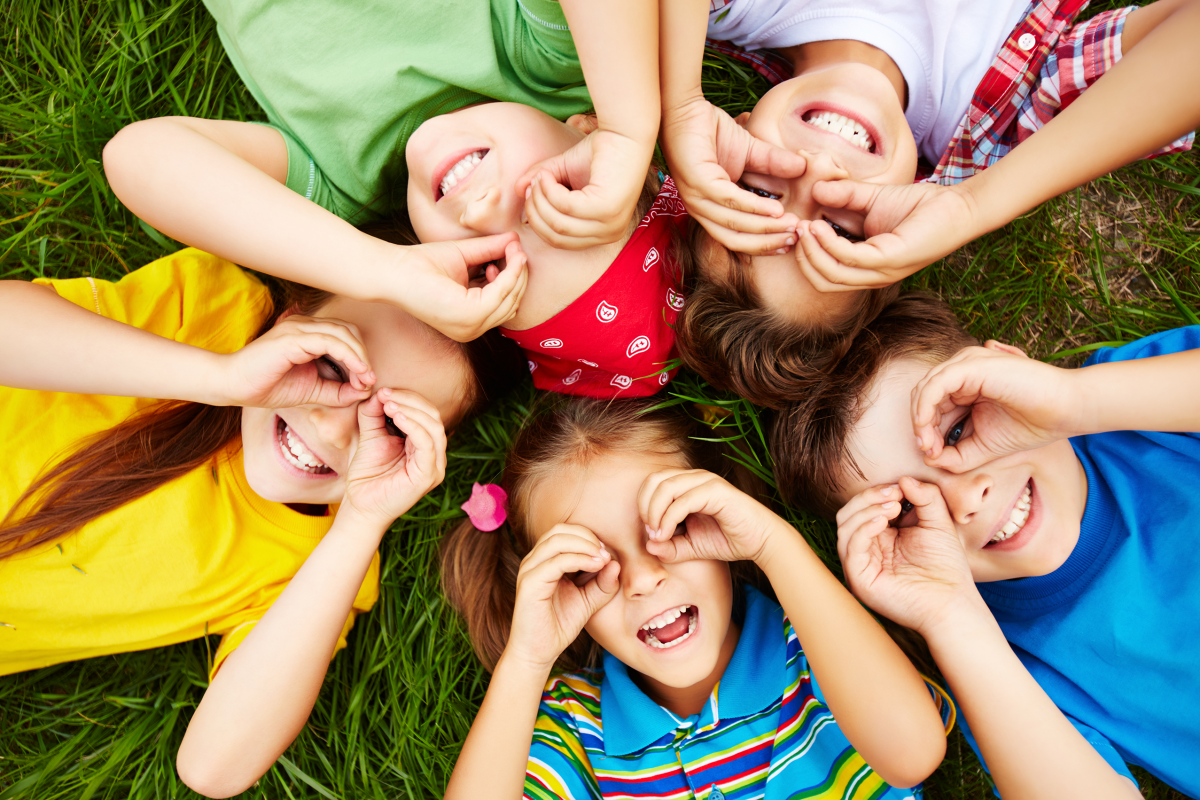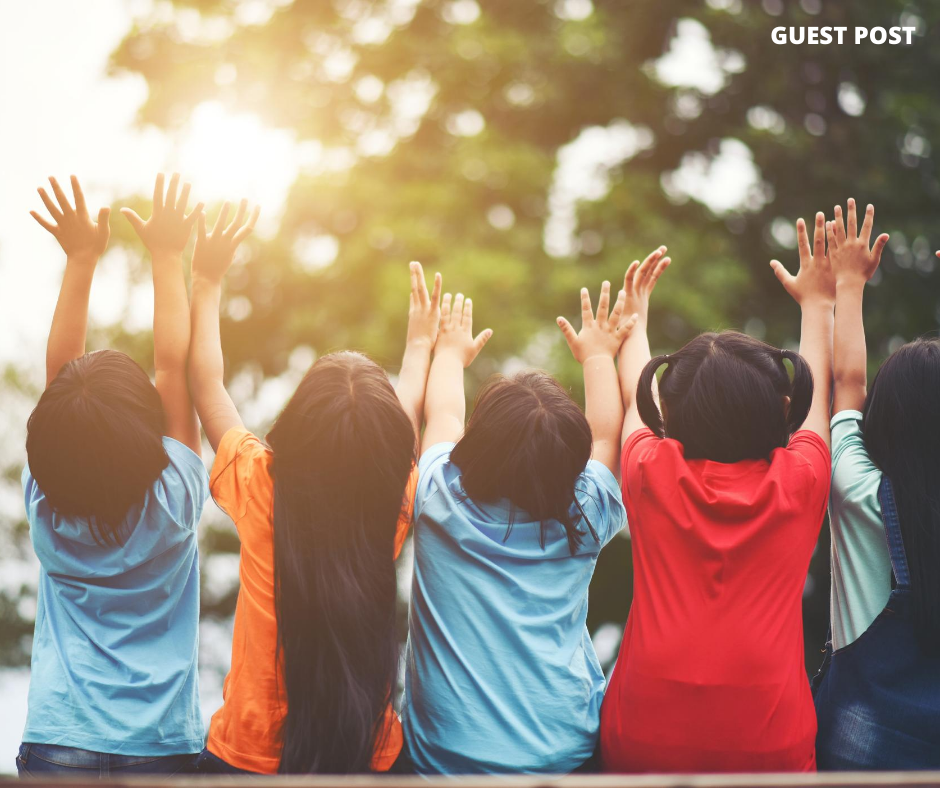Cultural Diversity: An Honest Truth Are all children being exposed to multiple cultures from a very early age so that they can see themselves represented positively and accept diversity as the norm?
In recent months, with the Black Lives Matter movement gaining traction, the subject of diversity and inclusion has been making headlines, spotlighting the need for change and bringing to the fore previously subdued voices. However, will we see any real change in the education and entertainment industries, or is it all just more lip service to pacify the “noble activists”?
The lack of culturally diverse content is nothing new — from tokenistic preschool programs that children watch at home, to history textbooks spinning heroic tales of colonization justifying how the “discovered” Indigenous people were no better than animals.
Are we finally seeing a realization in the Western world of how education surrounding the 18th century has negatively impacted cultural differences, not only through history but also to the current day? Are we looking at another era of monumental change? With statues being toppled and misconceptions changing, history is indeed being challenged once again. We are seeing historical recognition that the “newly discovered people” by European settler colonists and their descendants were victims of commercial exploitation, not “animals” as they were portrayed. If our predecessors had been honest, we might have been spared all of these issues we see in the world today.
Growing up in the U.K., I was taught how Britain set out to “educate” different cultures around the world, where we were made to believe these people were not equal to us. These lies have been perpetuated throughout the Western world and taught for generations.
So many undeserving people have been celebrated throughout history, with many more deserving ones receiving no recognition at all. Not many people know of the fabulously wealthy Prince Mansa Musa, the tenth Mansa of the Mali Empire. With an indescribable wealth, estimated to be multiple times more than Warren Buffet, Bill Gates or Jeff Bezos, he remains unrecognized throughout history. Is this due to his ethnic background? (See Mohamud, N. (2019), “The richest man who ever lived” https://www.bbc.co.uk/news/ world-africa-47379458).
The education system and the way we are brought up has created a prejudice, reinforced in school because we had to defend our status and position in the world. No one corrected us. These historical lies have led to a great deal of suffering and incited racism amongst the masses. In order to change this institutional racism, we must present an accurate version of history and teach diversity openly and honestly. This should start before children even go to school.
Many people don’t realize that racism starts in the living room, through our environments and the programmed content that fills our screens. Children, from a very early age, need to be introduced to diversity as a normal concept. Sadly, there is a massive lack of culturally rich content in material designed and directed toward them.
Broadcasters must begin to understand their vital role in shaping the minds of these future generations. Children need to be given the opportunity to watch and identify with a truly diverse cast of characters. While attempts to deliver inclusive content have been made, it is often portrayed with inauthentic tokenistic characters, not the people they represent.
Many of our children are growing up in mixed-culture families and socializing with multiple ethnicities and religious groups. We are seeing change being called for on our streets and pledges of change being made nationwide. Now is the time to take real action and demand fundamental change across all media outlets. Broadcasters are responsible for meeting the need for real culturally diverse and value-based content that supports our children’s learning and education.
However, they are wary, rather than unwilling, when it comes to real culturally diverse representation. The fear of “getting it wrong” leads many to create content that utilizes non-human characters to represent “diversity and inclusion.” But all children should be exposed to multiple cultures from a very early age so that they can see themselves represented positively and accept diversity as the norm.
This desire led the London-based Safi Productions to create Zayn and Zayna’s Little Farm, which will soon begin airing on Muslim Kids TV with new episodes every month. Created by educational experts, it focuses on a Muslim family, introduces diverse characters and portrays a cultural mix as everyday normality.
Its website (zaynandzaynas.com) also has games, books and exclusive content. An interactive app is available at The App Store and Google Play store, Instagram at @Zaynandzaynas, Facebook and Twitter at @ZaynandZaynas.
Wa’qaar A. Mirza, a British entrepreneur with over 30 years experience in direct response marketing strategy, is CEO and founder of Zayn and Zayna’s Little Farm and cofounder and global CEO of Safi Ideas (safiideas.com).
The original article url: https://issuu.com/isnacreative/docs/ih_september-october_20
People photo created by pressfoto – www.freepik.com







